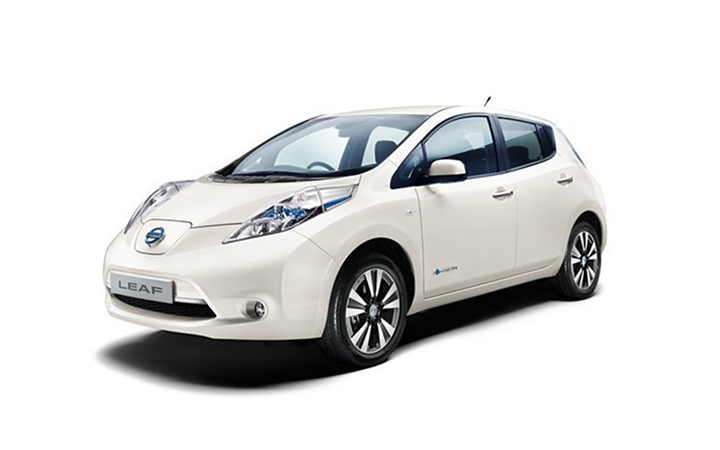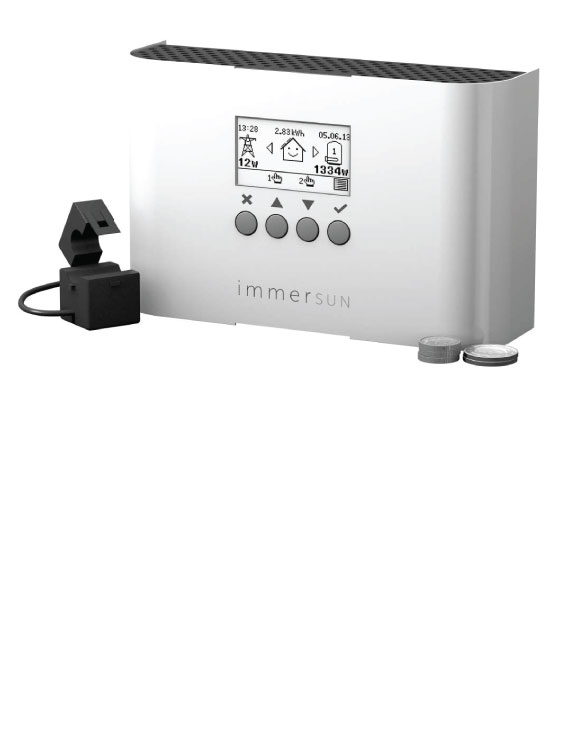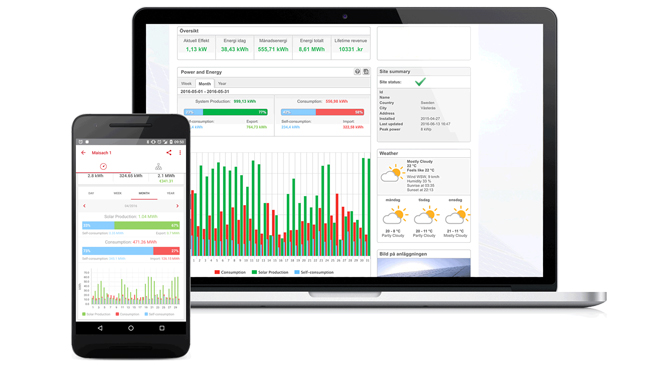Case study: Solar panels, electric car, Tesla Powerwall battery, export restriction, smart modules
6.5kW JA Solar Smart Modules, Tesla Powerwall AC 2, SolarEdge optimisers, SolarEdge export restriction
Installed in Buckafastleigh, Devon
Customer requirement 1
Use solar energy to charge electric car.
Solution 1
A 6.5kW solar system was proposed, using the most efficient “smart” all black solar panels available. This maximised the use of roof space.
Since Western Power Distribution only permitted a 3.68kW system to be installed, we included export restriction. This means that if the solar system sees more than 3.68kW going back to the grid, it reduces the output of the solar system. This allowed the customer to use the 6.5kW of energy from the solar system for charging the car.

Customer requirement 2
Automatically charge electric car using excess solar energy.
Solution 2
The customer is considering installing a Zappi, which will be set up to automatically turn on the electric car charger when there is excess solar energy.
Customer requirement 3
Store energy for use in the evening and for electric car charging
Solution 3
The system was installed using with one of the first Tesla Powerwall 2 AC batteries arriving in the UK. This will enable the customer to store energy in the battery while out driving during the day and then charge the car from the battery in the evenings. The Tesla Powerwall 2 AC was selected due to its large 13.4kWh battery compatible with the 30kWh car battery. The Tesla Battery is also unique since it is fan and liquid cooled – the temperature of the battery is critical in the life expectancy of lithium ion batteries.


Customer requirement 4
Automatically divert excess solar energy to heat hot water
Solution 4
We installed a power diverter to diverted excess energy to heat the hot water. The solar energy was designed to feed the house first then divert to the hot water tank and finally to charge the electric car.
Customer requirement 5
Smart modules (solar panels with optimisers) due to shade from an adjacent building. Shade has a massive impact on “normal” solar systems. When one solar panel is shaded it impacts all the solar panels equally. With smart modules, each panel work independently of its neighbours.
Solution 5
We installed a SolarEdge system. This uses optimisers and has module level monitoring.

Other benefits
Module level monitoring via App or computer.
Remote error reporting. Totnes Energy are emailed if there is a fault with any of the solar panels and it even lets us know which solar panel has a fault.
Graphs showing solar energy generated, energy being consumed and energy being exported.
Access to the Tesla App showing flows of energy between the solar, house and battery.
